Best(June -Aug) and (Nov-March)Worst Time to Visit Indonesia
Indonesia, with its enchanting blend of natural beauty, rich cultural heritage, and warm hospitality, stands as a beacon for travelers worldwide. Picture-perfect beaches, lush rainforests teeming with wildlife, ancient temples shrouded in mystique, and bustling markets filled with vibrant colors and aromas await those who venture into this diverse archipelago.
I. Preview of the Best and Worst Times to Visit Indonesia
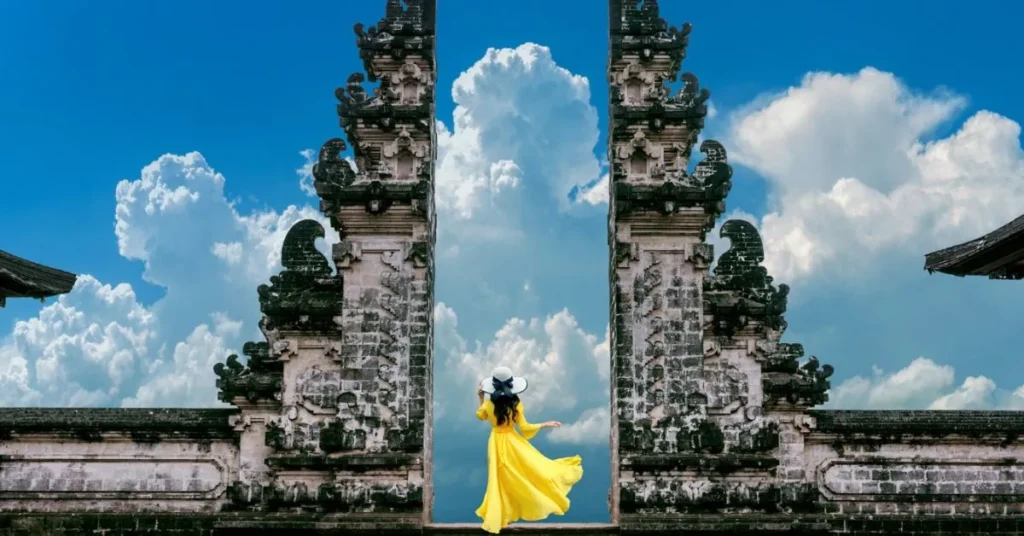
Let’s take a sneak peek into what makes certain times of the year the best for exploring Indonesia’s wonders and why some periods might leave you wishing you’d picked a different date for your journey. From the sun-soaked highs of peak season to the rainy-day blues of the low season, we’ll uncover the secrets to planning your Indonesian escapade for maximum enjoyment. So, grab your sunscreen and umbrella as we embark on a journey through Indonesia’s seasons!
Similar Articles: Nature’s Canvas: Best National Park To Visit In April
Timing can make or break your travel experience in Indonesia. Whether you’re seeking sun-kissed days by the shore or cultural immersion in bustling cities, understanding the best and worst times to visit is crucial. It’s like catching a wave – hit the peak, and you’ll ride high on the crest of an unforgettable adventure; miss it, and you might find yourself battling against the tide of unfavorable conditions.
Table of Contents
II. Understanding Indonesia’s Climate
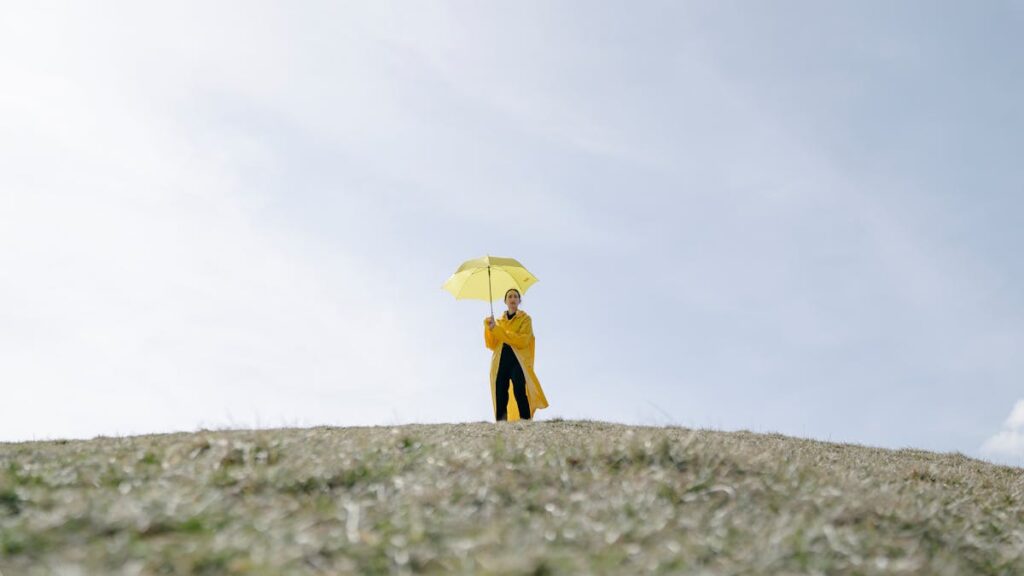
Indonesia’s geography is as diverse as its people and cultures. Comprising over 17,000 islands stretched across the equator, each region boasts its unique climate and landscape. From the tropical forests of Sumatra to the arid savannahs of Nusa Tenggara, and the volcanic peaks of Java to the coral reefs of Sulawesi, Indonesia’s archipelago offers a kaleidoscope of natural wonders waiting to be explored.
A. Equatorial Climate: Consistent Temperatures, but Varied Rainfall
Situated near the equator, Indonesia enjoys a predominantly equatorial climate characterized by warm temperatures year-round. Daytime temperatures typically range from the high 70s to low 90s Fahrenheit (around 25°C to 32°C), providing a balmy backdrop for outdoor adventures. However, rainfall patterns vary significantly across the islands, with some regions experiencing heavy downpours during certain months while others remain relatively dry.
B. Monsoon Seasons: Weather in Indonesia
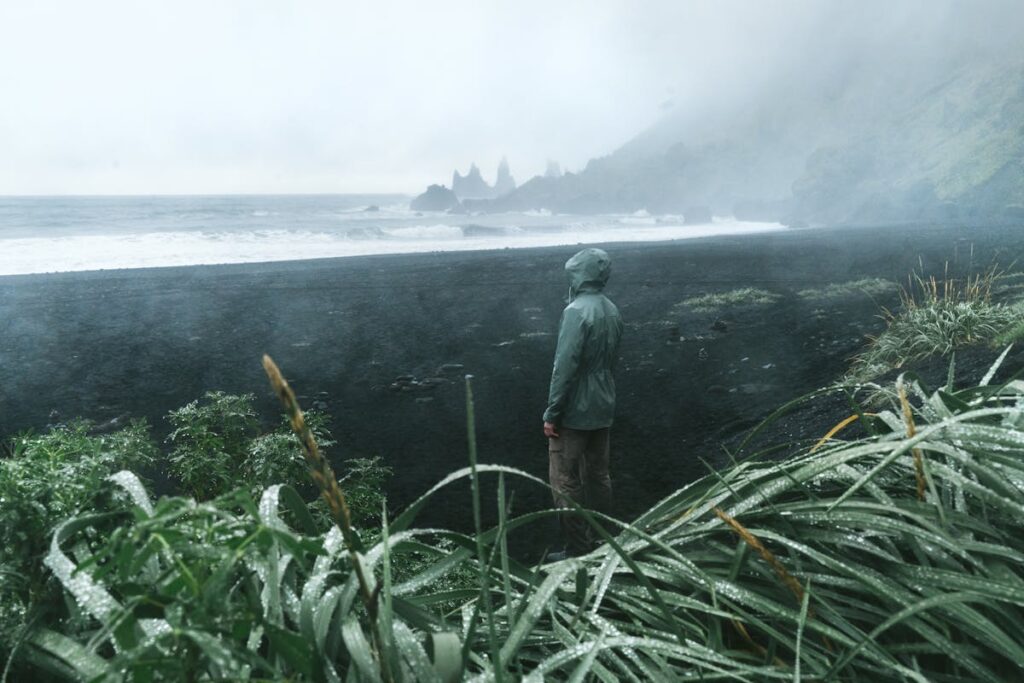
Indonesia’s weather is heavily influenced by monsoon seasons, which bring distinct periods of rainfall and dryness to different parts of the archipelago. The two main monsoon seasons are:
1. The Southwest Monsoon (Wet Season): Occurring roughly from May to September, the southwest monsoon brings heavy rains to western and central Indonesia, including Sumatra, Java, Bali, and parts of Kalimantan. This period can be characterized by frequent showers and high humidity, particularly in coastal areas.
2. The Northeast Monsoon (Dry Season): Lasting from roughly October to April, the northeast monsoon brings drier conditions to most of Indonesia, particularly the eastern islands such as Sulawesi, Maluku, and Papua. This season is generally marked by clearer skies, lower humidity, and less rainfall, making it an ideal time for outdoor activities and beach vacations in these regions.
Understanding these climatic patterns is essential for planning your visit to Indonesia, as they can greatly influence your travel experience and itinerary. Whether you’re chasing the sun or seeking shelter from the rain, being aware of the country’s diverse climates and monsoon seasons will help you make the most of your Indonesian adventure.
III. The Best Time to Visit Indonesia

A. Peak Season Delight: Basking in Optimal Weather Conditions
The peak season in Indonesia typically aligns with the dry season, making it an ideal time to visit for travelers seeking sunny skies and balmy temperatures. From June to August, many parts of the archipelago, including Bali, Java, and Lombok, experience glorious weather with minimal rainfall and comfortable humidity levels.
This makes it perfect for lounging on pristine beaches, trekking through lush jungles, or embarking on adventurous excursions without the worry of sudden downpours.
B. Cultural Festivities in Indonesia: Embracing Indonesia’s Vibrant Celebrations
The peak season also coincides with several cultural festivals and events that showcase Indonesia’s rich heritage and traditions. From the elaborate processions of Balinese Hindu ceremonies to the colorful parades of Jakarta’s Independence Day celebrations, there’s no shortage of cultural experiences to immerse yourself in during this time.
Whether you’re witnessing ancient rituals at Borobudur Temple or joining the lively festivities of Ubud’s Bali Arts Festival, the peak season offers a plethora of opportunities to delve into Indonesia’s cultural tapestry.
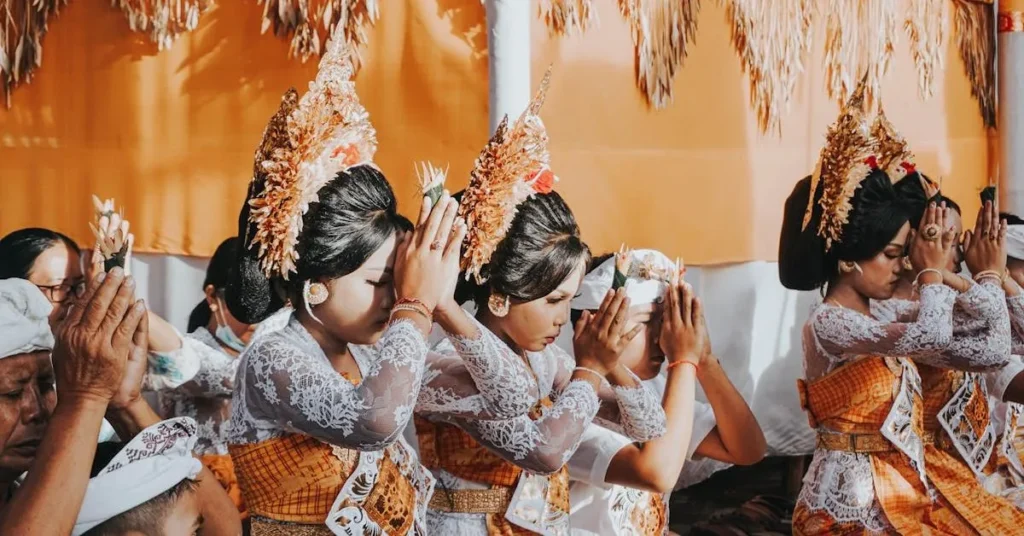
C. Ideal for Outdoor Activities in Indonesia: Exploring Lush Landscapes and Marine Wonders
With the dry season providing optimal weather conditions, the peak season is perfect for outdoor enthusiasts eager to explore Indonesia’s natural wonders. Whether you’re hiking up the slopes of Mount Rinjani, diving among vibrant coral reefs in Raja Ampat, or surfing the legendary breaks of Bali’s coastline, there’s something for every adventurer to discover. The clear skies and calm seas create the perfect backdrop for unforgettable experiences amidst Indonesia’s breathtaking landscapes and marine ecosystems.
D. Insider Tips: Lesser-Known Gems During the High Season
While popular destinations like Bali and Yogyakarta may be bustling with tourists during the peak season, there are still plenty of hidden gems to uncover for those willing to venture off the beaten path. Consider exploring lesser-known islands like Flores or Belitung, where you can enjoy stunning beaches and pristine landscapes without the crowds.
Alternatively, immerse yourself in the cultural heritage of lesser-visited cities such as Semarang or Bandung, where you can discover historic landmarks, vibrant markets, and authentic local cuisine away from the tourist crowds.
Overall, the peak season offers the perfect opportunity to experience the best that Indonesia has to offer, from its idyllic beaches and cultural festivities to its lush landscapes and hidden treasures. With favorable weather conditions and a myriad of experiences awaiting, it’s no wonder that this time of year remains a favorite among travelers seeking an unforgettable Indonesian adventure.
IV. Exploring Indonesia’s Peak Season

A. Balinese Bliss: Best time to visit Bali Indonesia
During Indonesia’s peak season, the island of Bali shines brightest, beckoning travelers with its enchanting blend of culture, natural beauty, and vibrant energy. From the iconic rice terraces of Ubud to the stunning beaches of Kuta and Seminyak, Bali offers a myriad of experiences for every type of traveler.
Dive into the island’s rich cultural heritage with visits to ancient temples like Uluwatu and Tanah Lot, or indulge in world-class dining and nightlife in the bustling streets of Seminyak and Canggu. With picture-perfect weather and a lively atmosphere, Bali truly comes alive during the peak season, making it the perfect destination for those seeking an unforgettable tropical escape.
B. Java Island: Unveiling Cultural Treasures Amidst Bustling Cities
Java, Indonesia’s most popular island, is a treasure trove of cultural riches waiting to be discovered. During the peak season, cities like Yogyakarta and Surabaya come alive with festivals, performances, and traditional ceremonies that showcase Java’s vibrant cultural heritage.
Explore the ancient temples of Borobudur and Prambanan, marvel at the natural wonders of Mount Bromo and Ijen Crater, or delve into the bustling streets of Jakarta, Indonesia’s capital city. With its rich history, diverse landscapes, and warm hospitality, Java offers a truly immersive experience for travelers seeking to explore Indonesia’s cultural heartland.

C. Sumatran Adventures: Navigating the Wild Wonders of Sumatra
Sumatra, Indonesia’s largest island, is a paradise for nature lovers and adventure seekers alike. During the peak season, the island’s lush rainforests, towering volcanoes, and pristine beaches beckon travelers with the promise of unforgettable experiences.
Trek through the dense jungles of Gunung Leuser National Park in search of orangutans, hike to the summit of Mount Kerinci, Southeast Asia’s highest volcano, or relax on the white-sand shores of Lake Toba, the largest volcanic lake in the world. With its abundant wildlife, stunning landscapes, and rich cultural heritage, Sumatra offers endless opportunities for exploration and adventure during the peak season.
D. Island Hopping: Exploring the Pristine Beauty of Indonesia’s Smaller Islands
Indonesia is home to thousands of smaller islands, each with its unique charm and beauty. During the peak season, island hopping becomes a popular activity for travelers looking to discover the hidden gems of the archipelago. Explore the remote islands of Raja Ampat, home to some of the most biodiverse marine ecosystems on the planet, or dive among the vibrant coral reefs of the Wakatobi Islands.
Alternatively, relax on the secluded beaches of the Gili Islands or Komodo National Park, where you can swim with majestic manta rays and Komodo dragons. With so many islands to explore, island hopping offers a truly magical experience for travelers seeking to uncover the pristine beauty of Indonesia’s smaller islands during the peak season.
V. The Worst Time to Visit Indonesia
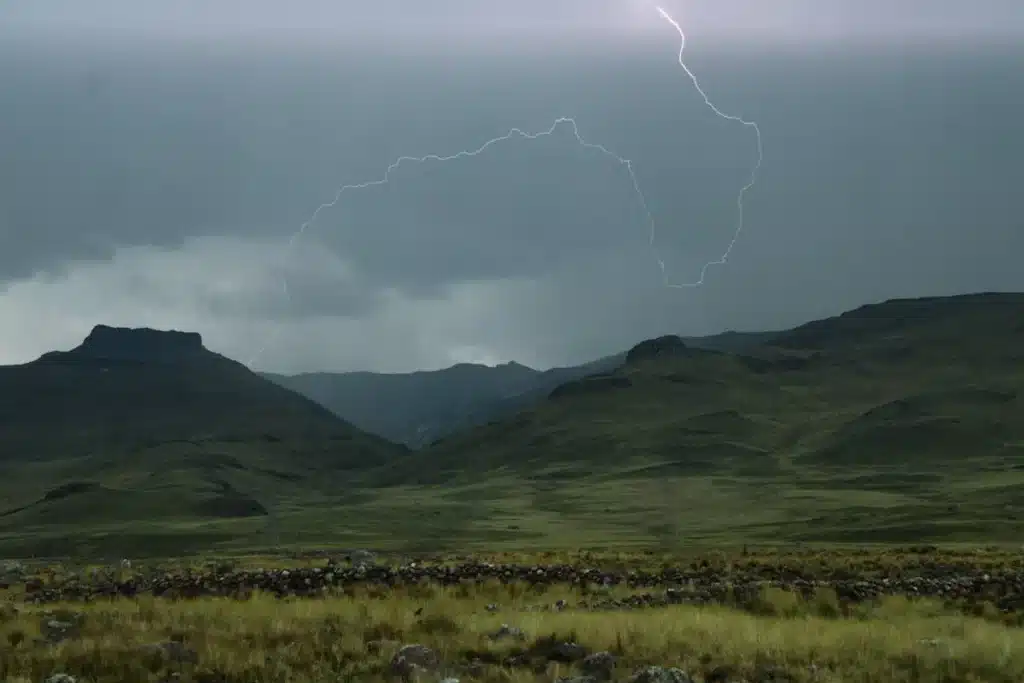
A. Rainy Woes: Battling the Monsoon Season’s Downpours
The worst time to visit Indonesia coincides with the rainy season, typically occurring from November to March in most parts of the archipelago. During this period, heavy downpours and frequent thunderstorms can dampen the spirits of travelers, making outdoor activities challenging and sightseeing less enjoyable.
Flooding and landslides are also common during this time, particularly in low-lying and mountainous areas, further complicating travel plans and posing safety risks for tourists.
B. Crowded Chaos: Dealing with Tourist Influx and Higher Prices
The rainy season in Indonesia also coincides with school holidays and peak travel periods in many countries, leading to a surge in tourist arrivals and crowded attractions. Popular destinations like Bali and Yogyakarta can become overcrowded, with long lines, limited accommodation options, and inflated prices for flights and accommodations.
Navigating through the throngs of tourists and dealing with the heightened competition for services can detract from the overall travel experience, making it less than ideal for those seeking a relaxing getaway.

C. Natural Hazards: Understanding Risks During Adverse Weather Conditions
In addition to heavy rainfall and crowded conditions, the rainy season in Indonesia also brings with it increased risks of natural hazards such as flooding, landslides, and tropical cyclones. Coastal areas are particularly vulnerable to storm surges and high winds, while inland regions may experience flash floods and mudslides due to saturated soils. Travelers need to be aware of these potential hazards and take appropriate precautions, such as monitoring weather forecasts, avoiding high-risk areas, and having emergency plans in place.
D. Coping Strategies: Making the Most of a Less-Than-Ideal Visit
Despite the challenges posed by the rainy season, there are still ways to make the most of a less-than-ideal visit to Indonesia. Consider focusing on indoor activities such as museum visits, cooking classes, or spa treatments during periods of heavy rain. Take advantage of quieter times to explore off-the-beaten-path destinations and enjoy a more authentic travel experience away from the crowds.
Embrace the slower pace of life and use this time to relax, recharge, and immerse yourself in the local culture and cuisine. With a positive attitude and some flexibility, even the worst time to visit Indonesia can still yield memorable moments and enriching experiences for adventurous travelers.
VI. Navigating Indonesia’s Low Season

A. Offbeat Experience In Indonesia: Discovering Hidden Gems with Fewer Crowds
The low season in Indonesia offers a unique opportunity for travelers to explore off-the-beaten-path destinations and discover hidden gems away from the tourist crowds. From secluded beaches and pristine islands to remote villages and untouched wilderness areas, there’s no shortage of unexplored territory waiting to be discovered.
Take advantage of quieter beaches, shorter lines at attractions, and a more relaxed pace of life to immerse yourself in the local culture, connect with locals, and uncover the true essence of Indonesia.
B. Specialized Activities In Indonesia: Engaging in Unique Pursuits During the Low Season
With fewer tourists around, the low season is the perfect time to indulge in specialized activities and pursue niche interests that may not be as readily available during the peak season. Whether you’re interested in wildlife photography, birdwatching, or cultural immersion experiences, there are plenty of opportunities to tailor your itinerary to suit your passions and preferences.
Join a cooking class with a local chef, embark on a wildlife safari in search of rare species, or participate in traditional ceremonies and festivals that are unique to the region and time of year.
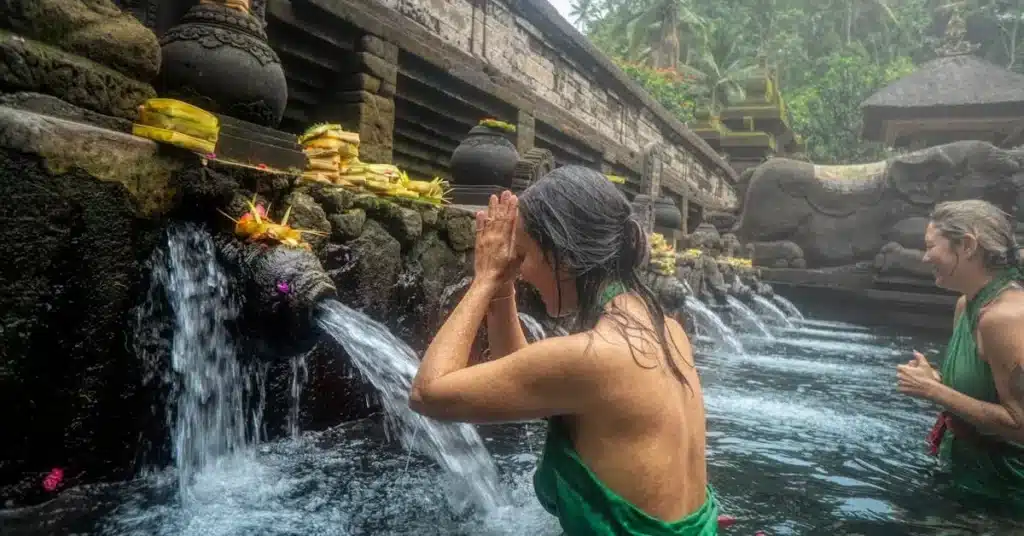
C. Budget-Friendly Travel To Indonesia: Capitalizing on Discounted Rates and Deals
One of the biggest perks of traveling during the low season is the potential for significant cost savings on flights, accommodations, and activities. With fewer tourists vying for limited resources, hotels, resorts, and tour operators often offer discounted rates and special deals to attract travelers during slower periods.
Take advantage of these savings to upgrade your accommodations, splurge on a once-in-a-lifetime experience, or extend your trip without breaking the bank. By planning and booking strategically, you can enjoy a luxurious vacation in Indonesia at a fraction of the cost during the low season.
D. Insider Recommendations: Where to Go and What to Do During the Low Season
For those seeking insider recommendations on where to go and what to do during the low season in Indonesia, there are plenty of hidden gems and local favorites waiting to be discovered. Consider exploring lesser-known islands like Flores, Rote, or Sumba, where you can enjoy pristine beaches, vibrant culture, and authentic experiences away from the tourist crowds.
Alternatively, head inland to explore the lush jungles, towering mountains, and traditional villages of Sumatra, Sulawesi, or Kalimantan, where you can immerse yourself in the natural beauty and cultural heritage of Indonesia’s diverse landscapes. Whether you’re seeking adventure, relaxation, or cultural immersion, there’s something for everyone to enjoy during the low season in Indonesia.
VII. Regional Insights In Indonesia: Climate Variations Across Indonesia

A. Sumatra Island: Grappling with Regional Weather Nuances
Sumatra, Indonesia’s westernmost island, experiences a diverse range of climates and weather patterns due to its vast size and varied geography. The northern regions, such as Aceh and North Sumatra, are characterized by a tropical rainforest climate, with high humidity and abundant rainfall throughout the year.
In contrast, the southern regions, including Lampung and Bengkulu, have a drier climate, with distinct wet and dry seasons. Travelers to Sumatra should be prepared for regional weather nuances and plan their itineraries accordingly, taking into account the seasonal variations in rainfall and humidity.
B. Java Island: Experiencing the Heartbeat of Indonesia Amidst Diverse Climates
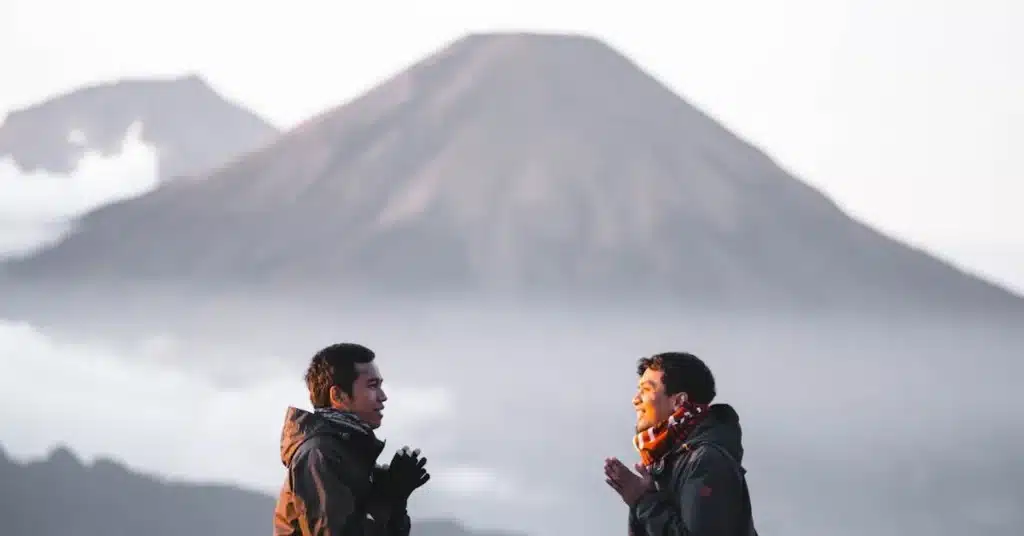
Java, Indonesia’s most populous island, is known for its rich cultural heritage, bustling cities, and diverse landscapes. The island experiences a range of climates, from the cooler highlands of West Java to the humid lowlands of East Java. The northern coast is influenced by the monsoon seasons, with a wet season from November to March and a dry season from April to October.
In contrast, the southern coast experiences a reverse monsoon pattern, with a dry season from November to April and a wet season from May to October. Despite these variations, Java offers travelers a vibrant and dynamic destination year-round, with cultural attractions, historical sites, and natural wonders to explore in every season.
C. Bali and Nusa Tenggara: Navigating Tropical Paradises Year-Round
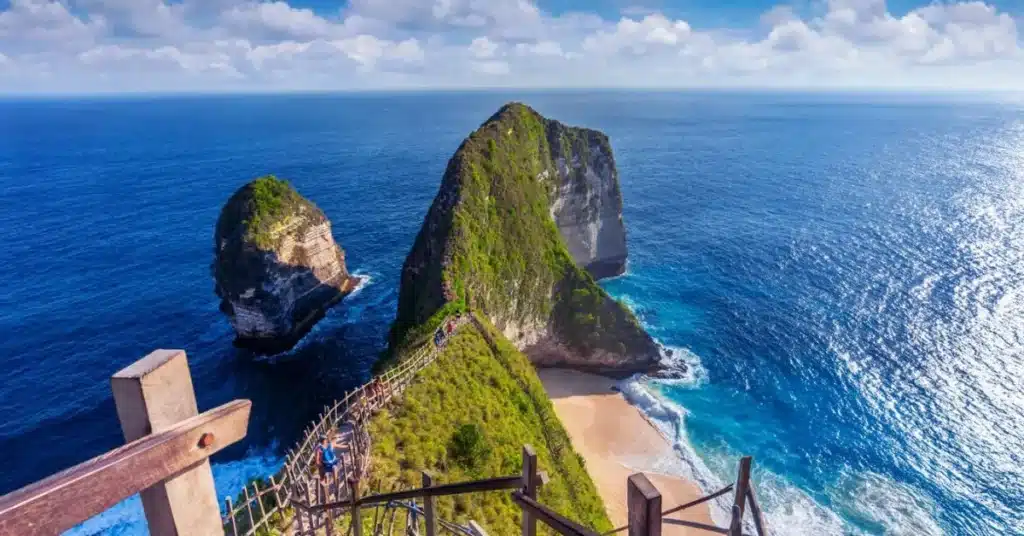
Bali and the neighboring islands of Nusa Tenggara enjoy a tropical climate characterized by warm temperatures, high humidity, and abundant sunshine throughout the year. The wet season typically occurs from November to March, bringing occasional rainfall and higher humidity levels, while the dry season lasts from April to October, with clear skies and cooler temperatures.
Despite the occasional rain showers, Bali and Nusa Tenggara remain popular tourist destinations year-round, thanks to their stunning beaches, vibrant culture, and world-class amenities.
D. Sulawesi and Maluku: Embracing Off-the-Beaten-Path Adventures Despite Weather Challenges
Sulawesi and Maluku, located in eastern Indonesia, offer travelers the opportunity to embark on off-the-beaten-path adventures amidst stunning natural beauty and cultural diversity. These regions experience a tropical climate with distinct wet and dry seasons, although the timing and intensity of rainfall can vary significantly from one island to another.
Travelers should be prepared for weather challenges, including heavy rain, strong winds, and rough seas, particularly during the wet season from November to March. Despite these challenges, Sulawesi and Maluku offer unparalleled opportunities for diving, snorkeling, trekking, and cultural immersion, making them ideal destinations for adventurous travelers seeking authentic experiences in remote and unspoiled settings.
VIII. Tips for Planning For Indonesia
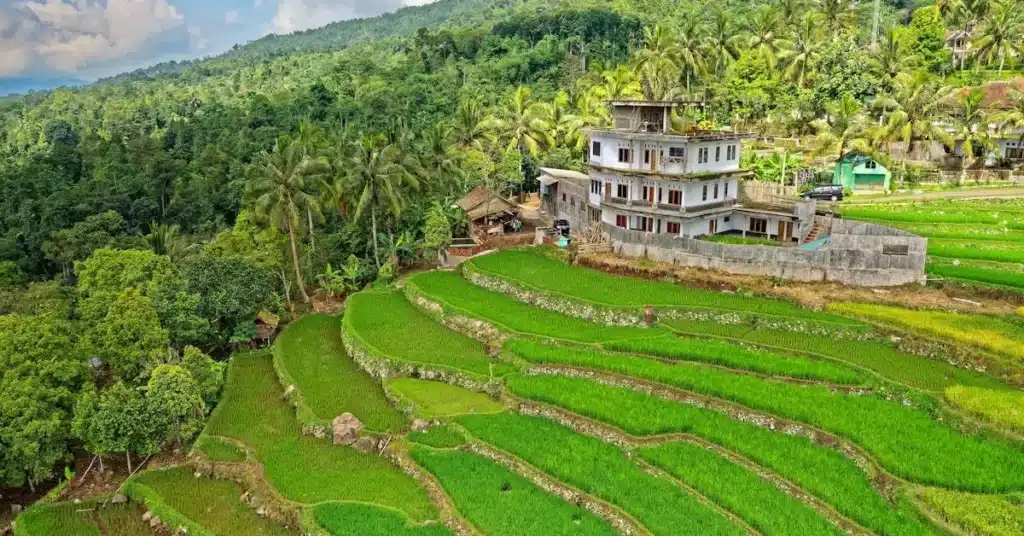
A. Weather Research: Harnessing Climate Data for Informed Decisions
Before embarking on your journey to Indonesia, it’s essential to conduct thorough weather research to understand the climate patterns and seasonal variations in your desired destinations. Utilize reliable sources of climate data, such as weather websites, apps, and government meteorological agencies, to gather information on temperature, rainfall, and humidity levels throughout the year.
By arming yourself with this knowledge, you can make informed decisions about when and where to travel, ensuring a more enjoyable and comfortable experience during your trip.
B. Flexible Itineraries: Adapting Plans to Weather Forecasts and Conditions
While it’s essential to have a rough itinerary in place for your trip to Indonesia, it’s equally important to remain flexible and adaptable to changing weather forecasts and conditions. Keep an eye on the weather forecast leading up to your trip and be prepared to adjust your plans accordingly.
If heavy rain is forecasted in one area, consider shifting your itinerary to a drier region or switching to indoor activities until the weather improves. By remaining flexible and open-minded, you can make the most of your time in Indonesia and ensure a smooth and enjoyable travel experience despite any unforeseen weather challenges.
C. Packing Essentials: Must-Haves for Varying Climates and Activities

Packing the right essentials for your trip to Indonesia can make all the difference in ensuring your comfort and safety throughout your journey. Be sure to pack lightweight, breathable clothing suitable for tropical climates, including loose-fitting shirts, shorts, and dresses made from moisture-wicking materials. Don’t forget to pack sun protection essentials such as sunscreen, sunglasses, and a wide-brimmed hat to shield yourself from the intense tropical sun.
For outdoor activities such as hiking, diving, or snorkeling, be sure to pack appropriate gear and equipment, including sturdy shoes, swimwear, and snorkeling masks. Additionally, consider packing insect repellent, a travel first aid kit, and any necessary medications to address common health concerns such as mosquito bites or upset stomachs. By packing thoughtfully and strategically, you can ensure you have everything you need to enjoy your time in Indonesia to the fullest.
D. Booking Accommodations In Indonesia: Securing Ideal Stays Amidst Seasonal Fluctuations
When booking accommodations for your trip to Indonesia, it’s essential to consider seasonal fluctuations in demand and availability. During peak seasons, popular destinations may experience high occupancy rates and limited availability, making it challenging to secure preferred accommodations at affordable prices. To avoid disappointment, consider booking your accommodations well in advance, especially if you plan to visit during holidays or peak travel periods.
Alternatively, consider traveling during the low season when accommodation rates are lower, and availability is more plentiful. Be sure to research and compare different accommodation options, including hotels, resorts, guesthouses, and homestays, to find the best fit for your budget and preferences. By planning and booking accommodations strategically, you can secure ideal stays for your trip to Indonesia and ensure a comfortable and memorable experience from start to finish.
IX. Summary
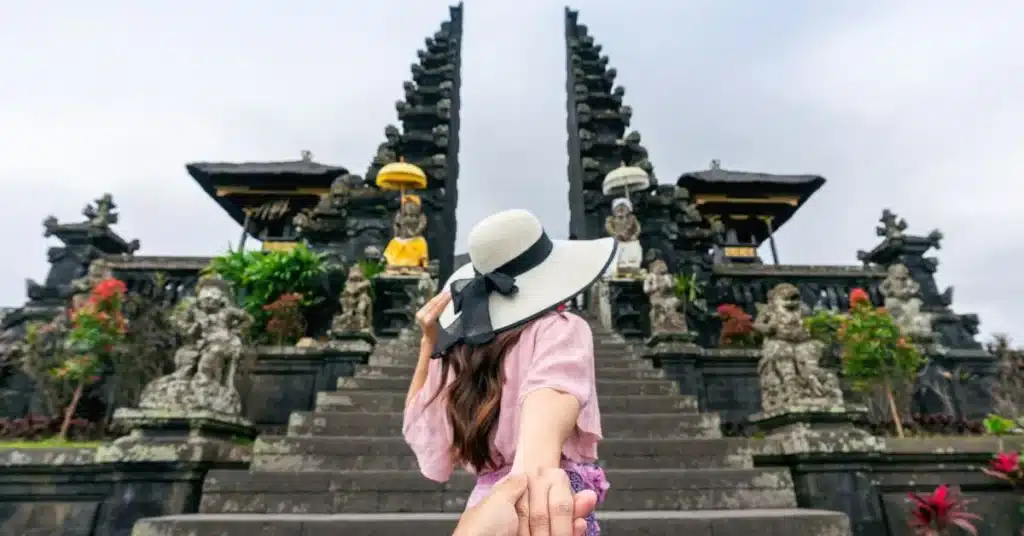
Recap of the Best and Worst Times to Visit Indonesia
In summary, Indonesia offers a wealth of experiences for travelers throughout the year, but the timing of your visit can greatly impact your travel experience. The best time to visit Indonesia is typically during the dry season, from June to August, when you can enjoy optimal weather conditions, vibrant cultural festivals, and a plethora of outdoor activities.
Conversely, the worst time to visit Indonesia is during the rainy season, from November to March, when heavy rainfall, crowded conditions, and natural hazards can detract from the overall travel experience. By understanding these seasonal variations and planning your trip accordingly, you can maximize your enjoyment and make the most of your time in Indonesia.
X. Conclusion
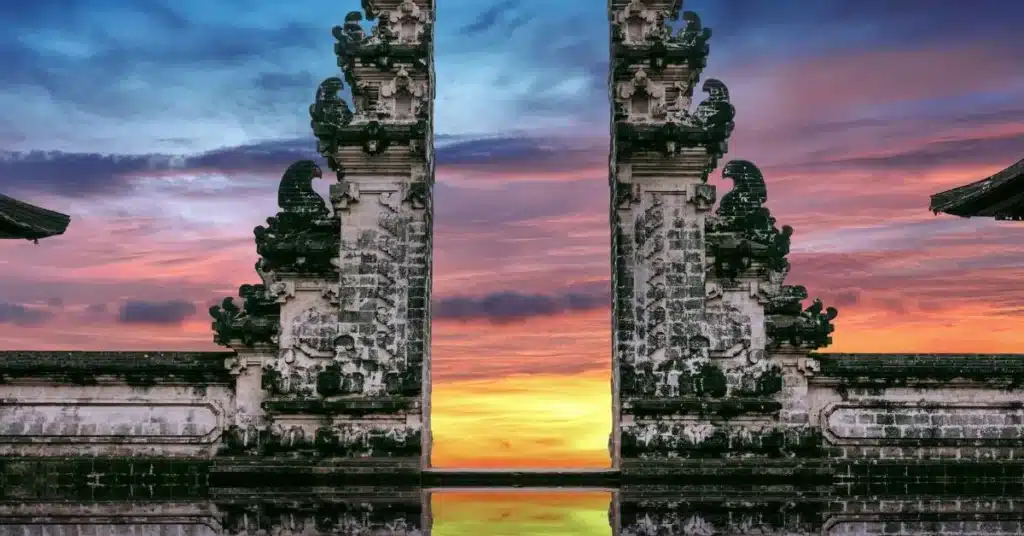
A. Encouragement for Exploration: Finding Beauty in Every Season
Regardless of when you choose to visit Indonesia, there is beauty to be found in every season. Whether you’re exploring lush rainforests, relaxing on pristine beaches, or immersing yourself in vibrant cultural traditions, Indonesia offers endless opportunities for exploration and discovery year-round. Embrace the unique experiences and challenges that each season brings, and you’ll be rewarded with unforgettable memories and enriching encounters that will stay with you long after your trip has ended.
B. Final Thoughts: Embarking on an Unforgettable Indonesian Adventure
As you prepare to embark on your Indonesian adventure, remember that the journey is just as important as the destination. Embrace the spirit of adventure, curiosity, and openness as you explore Indonesia’s diverse landscapes, cultures, and traditions. Whether you’re trekking through remote jungles, snorkeling in crystal-clear waters, or savoring the flavors of Indonesian cuisine, cherish every moment and embrace the unexpected twists and turns that make travel so rewarding.
With its warm hospitality, breathtaking beauty, and endless wonders waiting to be discovered, Indonesia promises an unforgettable adventure that will leave you longing to return again and again. So pack your bags, set off into the unknown, and prepare to be captivated by the magic of Indonesia – a land of endless possibilities and unforgettable experiences.
Frequently Asked Questions (FAQs)
when is the best time to visit Indonesia?
The best time to visit Indonesia is from April to October, offering ideal weather conditions for activities such as island-hopping, snorkeling, and beach relaxation. June – August is peak season. Indonesia Situated across the Equator, Indonesia maintains a consistently warm climate throughout the year. The only notable variation occurs from November to March, characterized by widespread rainfall, especially in the southern regions.
What is the Hottest Month In Indonesia?
May Month is the hottest month in Indonesia. In May month the temperature is 85 °F average.
Is Indonesia Is Expensive Or Cheap?
Indonesia is a very cheap country compared to Other Asian countries. In Indonesia, the food and accommodation is very cheap. Indonesia is best for Backpackers.
The dry season in Indonesia?
Indonesia’s Dry season stretches from April to October, and November to March is Wet season. April to October is the best time to visit Indonesia.

